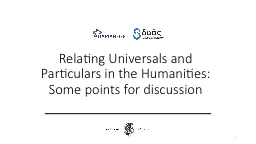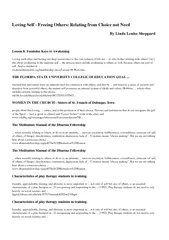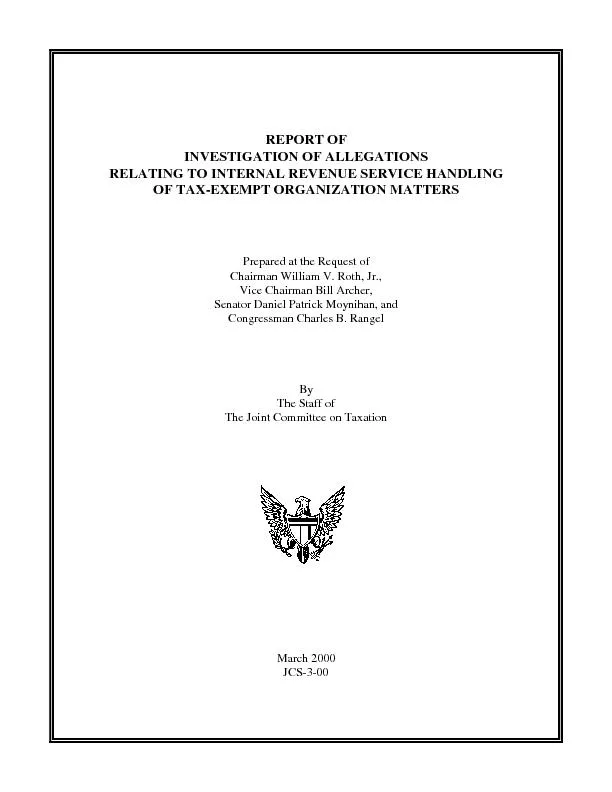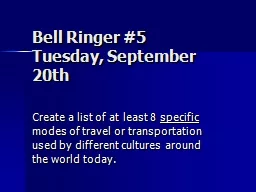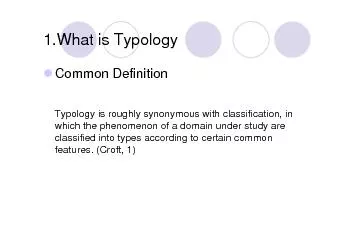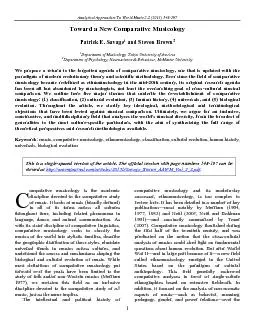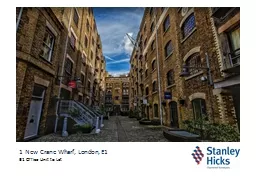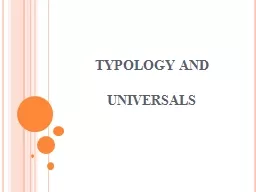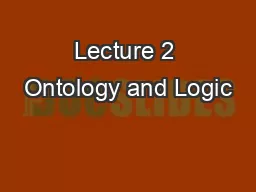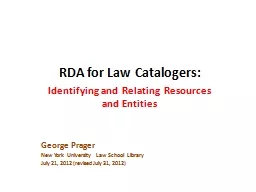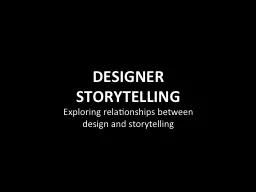PPT-Relating Universals and Particulars in
Author : giovanna-bartolotta | Published Date : 2017-01-24
the Humanities Some points for discussion 1 Academy of Athens Thesaurus Team Coordinator Helen Gardikas Katsiadakis Christos Chatzimichail Gerasimos Chrysovitsanos
Presentation Embed Code
Download Presentation
Download Presentation The PPT/PDF document "Relating Universals and Particulars in" is the property of its rightful owner. Permission is granted to download and print the materials on this website for personal, non-commercial use only, and to display it on your personal computer provided you do not modify the materials and that you retain all copyright notices contained in the materials. By downloading content from our website, you accept the terms of this agreement.
Relating Universals and Particulars in: Transcript
Download Rules Of Document
"Relating Universals and Particulars in"The content belongs to its owner. You may download and print it for personal use, without modification, and keep all copyright notices. By downloading, you agree to these terms.
Related Documents

